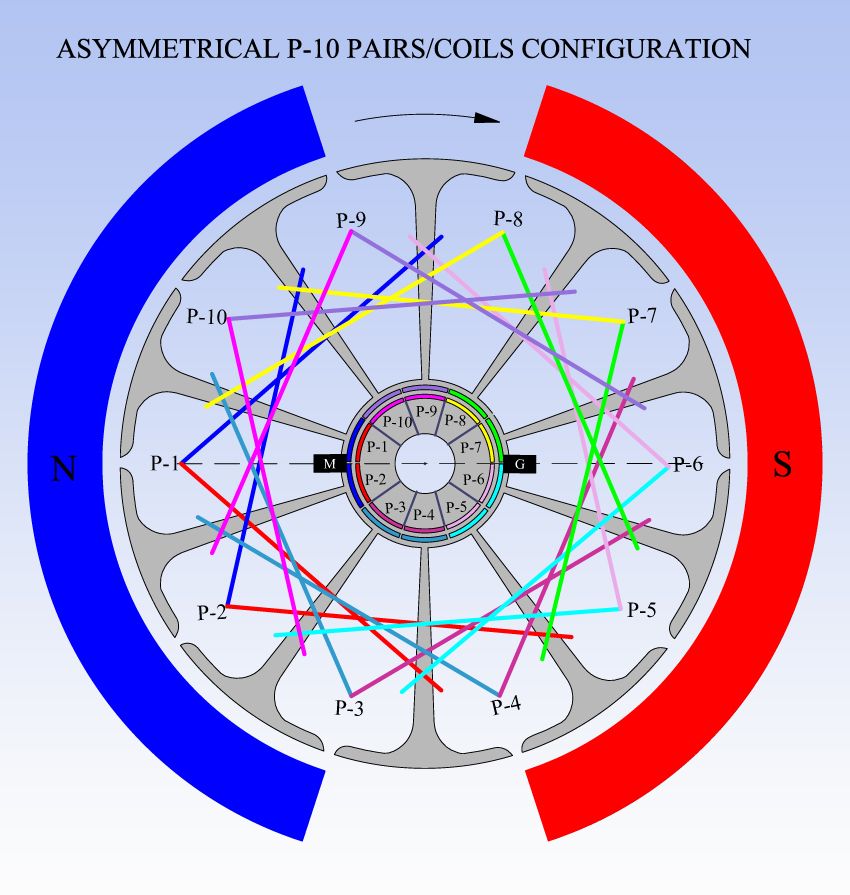Good MOSFET ideed!
For beginners: When used along coils it will suffer on spikes. Protection required by snubber network or/and overvoltage protection.
For beginners: When used along coils it will suffer on spikes. Protection required by snubber network or/and overvoltage protection.




 We expected another success from "burnin".
We expected another success from "burnin".
 )...and I was able to re set re epoxy the damaged wires ...
)...and I was able to re set re epoxy the damaged wires ...
 [/IMG]
[/IMG]
Comment